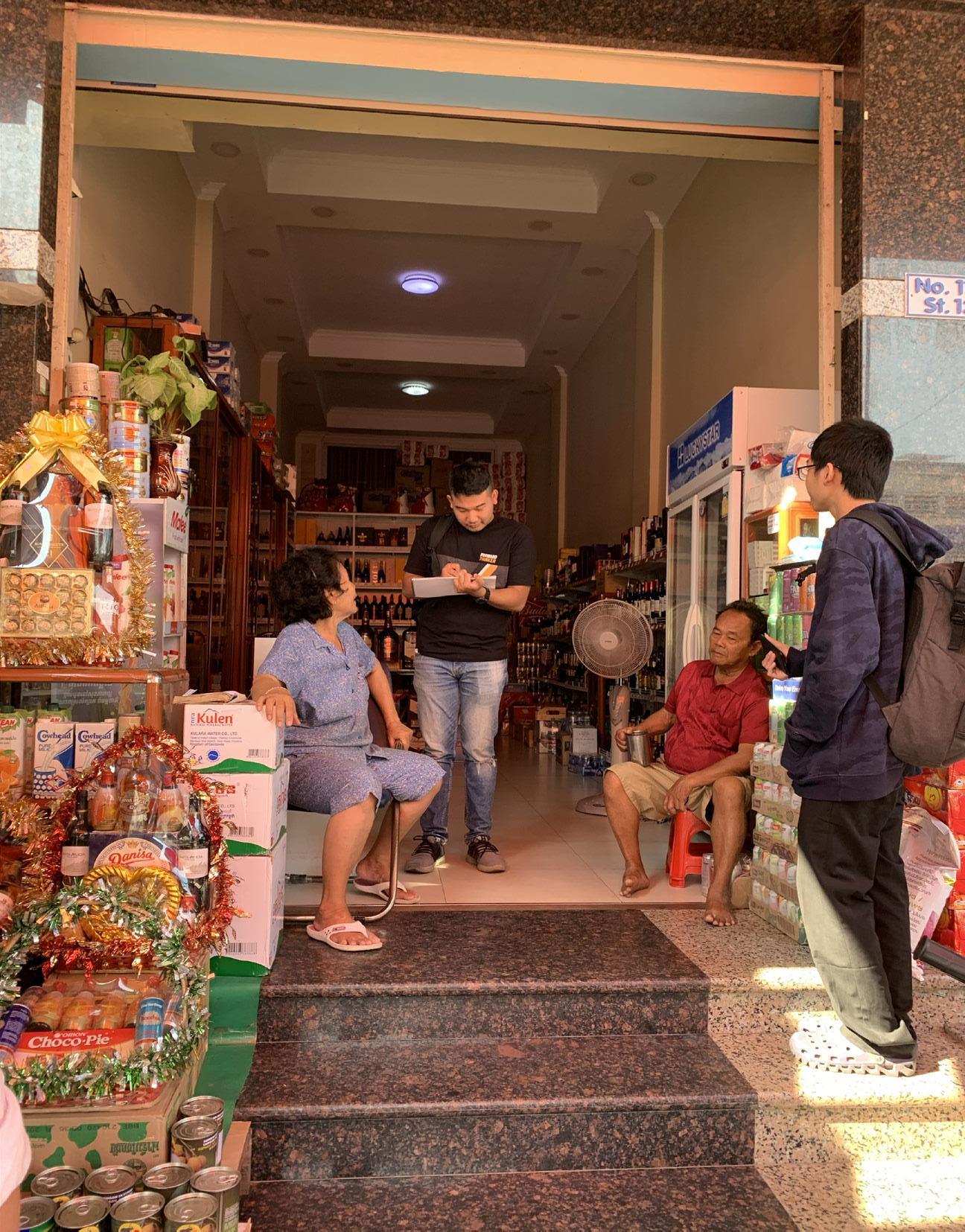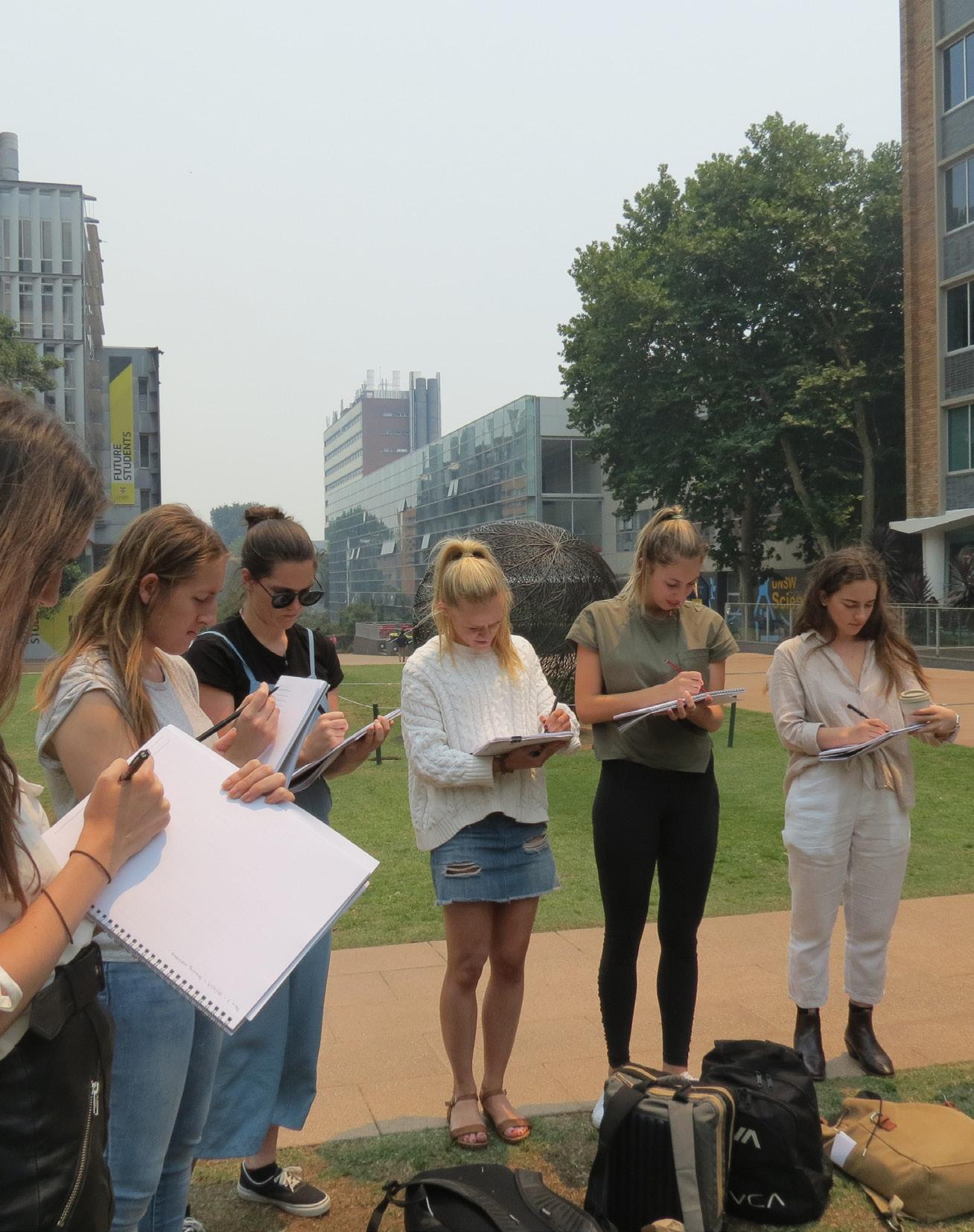
1 minute read
students as investigators
A student-centred and research-based educational environment provides learners the reigns as primary investigators (Healey, 2005, Beckmann, Weber, Whitehead, Nicotra, 2017). Students identify research questions and data collection methods under a series of broad themes, exercises and geographic locations. Crucially, these questions and methods emerge and evolve through ongoing field observation and user engagement. Students analyse and visualise their findings, working in teams to determine relationships between their observations. They then present a collective body of work to peer groups and tutors.
Beckmann, B., Weber, X., Whitehead, M., Nicotra, A. (2017) ‘Research-based learning: Designing the course behind the research’, Ch14, in Zurcher, H., Chia Ming-Dao, C., Whitehead, M., Nicotra, A. (Eds), ‘Researching functional ecology in Kosciuszko National Park’, 141-151, , ANU eView, The Australian National University, Canberra, Australia. dx.doi.org/10.22459/RFEKNP.11.2017.14 ANU eView
Advertisement
Healey, M (2005) Linking research and teaching: Exploring disciplinary spaces and the role of inquiry-based learning. In Barnett, R (ed.), Reshaping the University: New relationships between research, scholarship and teaching, pp. 67–78. Society for Research into Higher Education and Open University Press, Maidenhead.
draw, to engage with place

Hand drawing on the field is employed as a powerful cognitive tool for analysis of place, allowing deepened interpretation and embedding in one’s memory through simultaneous visual, kinesthetic and semantic learning (Fernandes, Wammes, Meade, 2018).
Fernandes MA, Wammes JD, Meade ME. (2018). ‘The Surprisingly Powerful Influence of Drawing on Memory. Current Directions in Psychological Science.’2 7(5):302-308. doi:10.1177/0963721418755385










